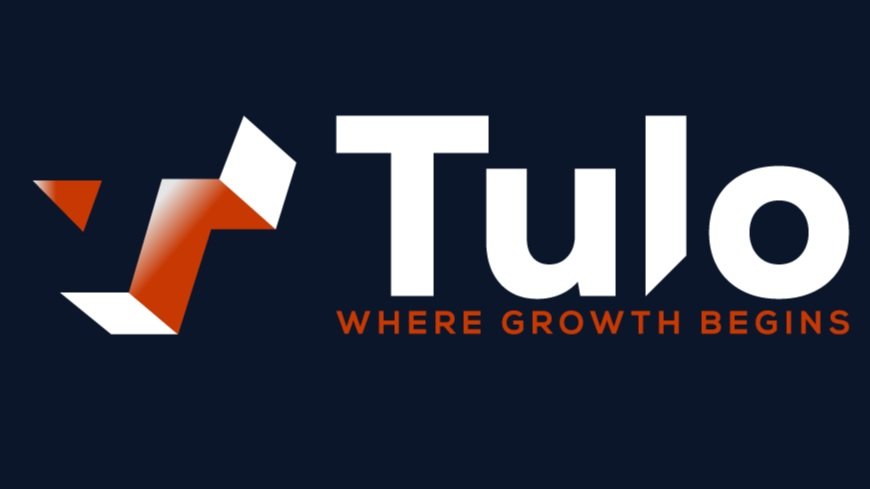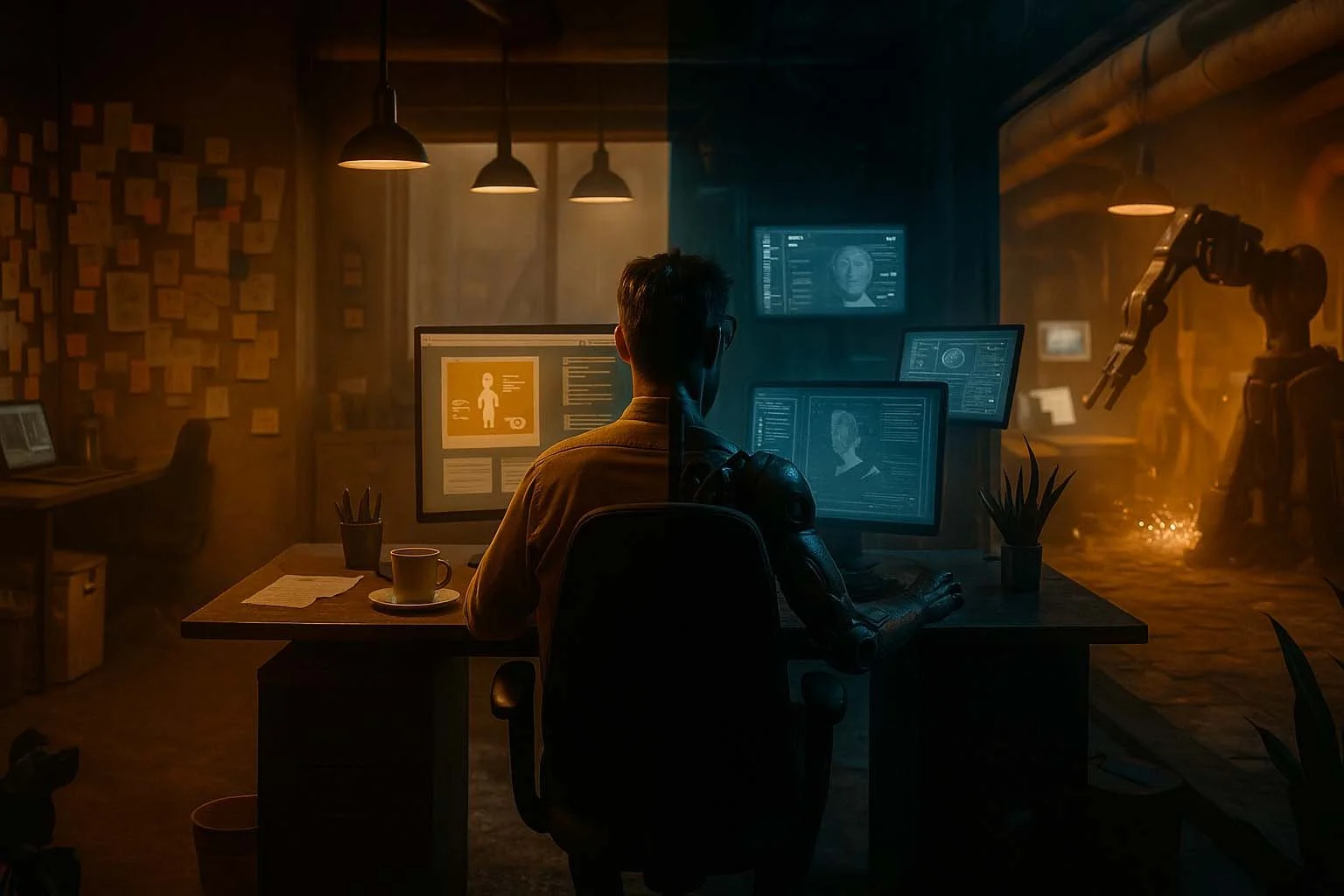H2AI: Human Hybrid Artificial Intelligence
A Tulo Media Initiative
There are two types of people in this world:
Those who heard about ChatGPT and said, “That’s cool, but I don’t trust robots,”
And those who whispered, “Finally... the machines have come for my emails.”
We’re somewhere in between.
At Tulo, we’re not building a robot army. (Yet. Please stay tuned.)
But we are acknowledging something simple and seismic: the tectonic plates beneath creativity have shifted, and ignoring that would be like trying to shoot a film in 2025 using a MiniDV camcorder and wondering why your footage looks like it was edited on a microwave.
Let me explain.
Then and Now
When I was in college studying film production, which was roughly seven iPhones and at least nine Kanye controversies ago—technology was already running laps around our schedule. One semester we were learning how to white-balance a DSLR manually; by the next, someone was flying a drone over campus to get buttery 4K aerials for their student short film.
It was exciting and exhausting. Every time I thought I had finally caught up, the gear evolved again. Like Pokémon, but with fewer fire attacks and more updates.
Back then, knowing your way around a Canon 5D made you “the guy”. Today? The camera matters, sure—but what’s really altering the creative landscape isn’t the gear in your hand, it’s the prompt you whisper to ChatGPT at 3AM because your brain locked up halfway through a client script.
That’s where H2AI comes in.
Enter the Cyborg Era
Tulo is going cyborg. Not in a scary Skynet way. More like Shaq-and-Kobe-if-Kobe-could-autogenerate-an-entire-brand-strategy-in-under-30-seconds kind of way.
We’ve seen this story before:
Some people were slow to the internet.
Some were slow to smartphones.
And some assumed Bitcoin was just another overhyped phase—like pogs, but with worse graphic design and better lobbyists.
But AI? You don’t want to be late to this party. Because the guests are multiplying, the music is getting smarter, and the bartender is now an AI that recommends your drink based on your mood, browser history, and childhood trauma.
You can either chase the train or build tracks in front of it. We’re doing the latter. We're not “adopting AI”—we’re hybridizing with it. Human Hybrid Artificial Intelligence. H2AI. The name sounds like a biotech startup from a dystopian novel, but the mission is real: blend our intuition, storytelling, creativity, and real-world experience with AI’s tireless, pattern-loving, occasionally unsettling brain.
We’re Not drinking the kool-aid, but we’ll sip it.
Let’s be clear:
This isn’t a cult.
We’re not here to chant the gospel of generative prompts or pretend MidJourney has feelings.
Frankly, some parts of AI are clunky, limited, or even ethically questionable. You shouldn’t use it to write your wedding vows (unless you’re marrying a Roomba). But you also can’t deny its power. It can’t replace human intelligence—but it sure can amplify it. Like Robin to Batman, except this Robin doesn’t wear tights, doesn’t complain, and somehow already knows which thumbnail gets the highest click-through rate.
We’re still the ones with taste, instinct, and trauma-induced comedic timing.
The AI is just the intern who never sleeps, never eats, and occasionally says something horrifyingly accurate about your personality.
Planting the Flag
So here it is:
We’re planting the flag.
Not on the summit, but on the starting line—where human grit and machine precision meet, awkwardly shake hands, and then start editing a podcast together.
H2AI is a philosophy, not just a tool. It’s our way of saying:
“Yeah, the future is weird. But we’re not going to watch it from the bleachers.”
We’re here. We’re hybrid.
And we’re just getting started.
— Tulo Media

